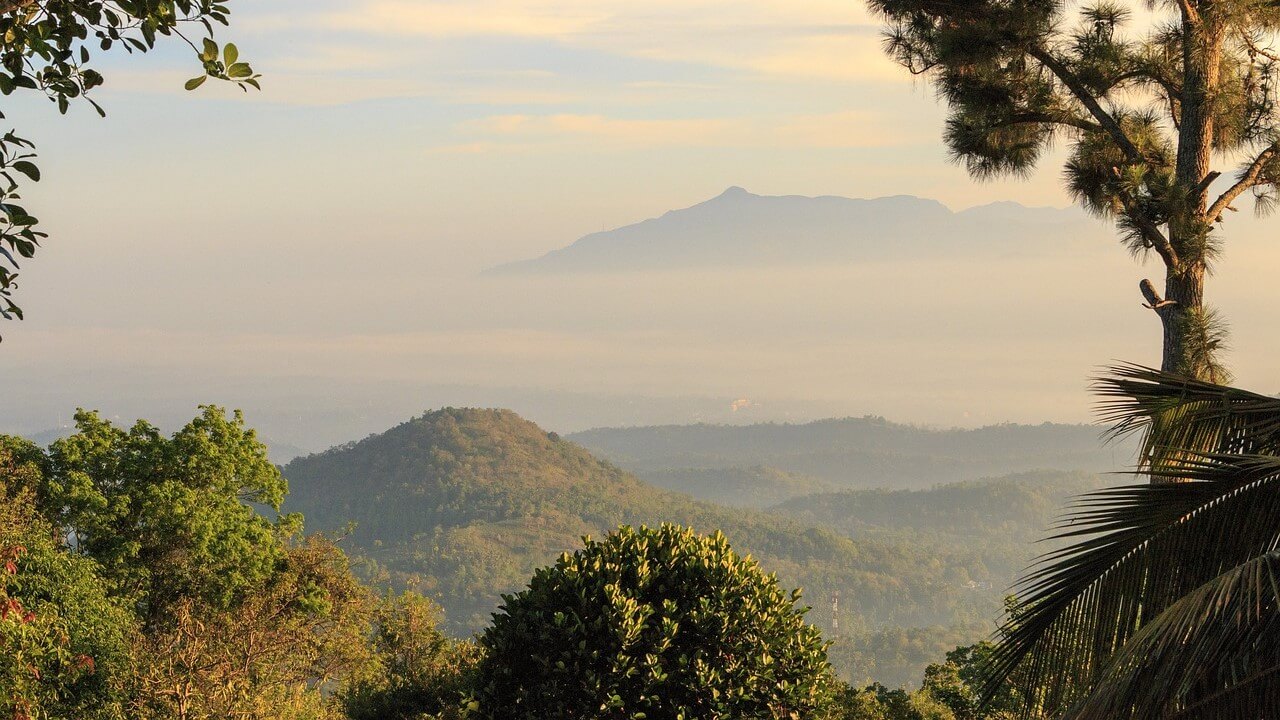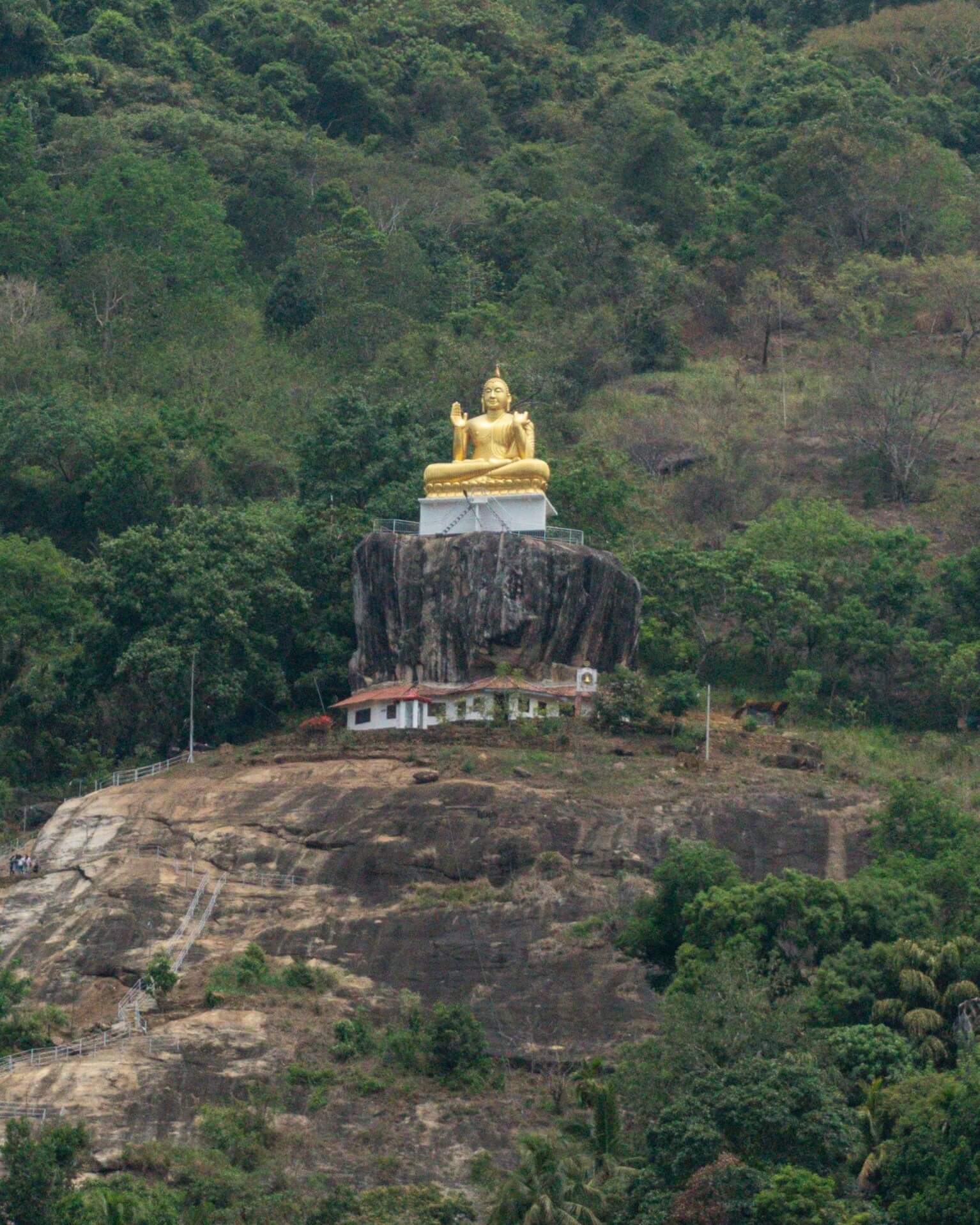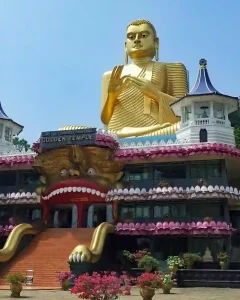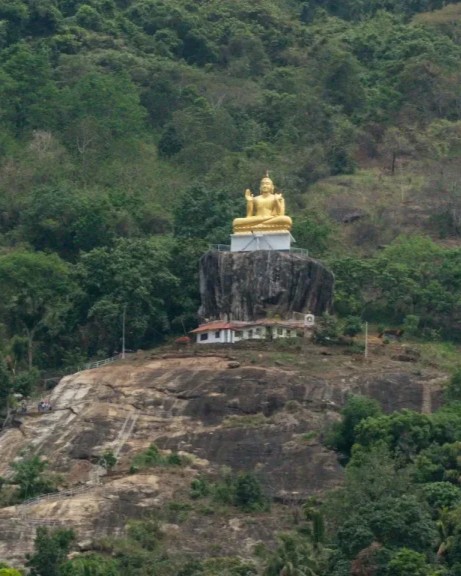
Heritage Triangle Cities
Matale
🏛️ Historical Marvel: Home to the Aluvihara Rock Temple, where Buddhist scriptures were first transcribed onto palm leaves.
🕉️ Cultural Fusion: Explore Nalanda Gedige, a unique temple blending Hindu and Buddhist architectural styles.
🌿 Scenic Wonders: Uncover the beauty of the Knuckles Mountain Range, a UNESCO-declared biosphere reserve offering breathtaking views and serene hiking trails.
🍂 Spice Paradise: Stroll through Matale’s Spice Gardens to learn about Sri Lanka’s rich spice heritage and aromatic traditions.
🌅 Tranquil Escapes: Relax by Sembuwatta Lake, a stunning man-made reservoir surrounded by tea plantations and misty hills.
INTroduction
Matale, a city rich in heritage, holds a special place in Sri Lanka’s history and culture. Nestled in the lush central hills, this enchanting destination is known for its profound spiritual significance, ancient landmarks, and vibrant traditions that have shaped its identity over centuries.
Historical Legacy
At the heart of Matale’s historical legacy is the Aluvihara Rock Temple, where the sacred Thripitakaya—the teachings of the Buddha—was first transcribed onto palm leaves during the reign of King Walagamba. This monumental event ensured the preservation of Buddhist wisdom and established Matale as a cornerstone of Sri Lanka’s spiritual heritage.
Adding to its cultural tapestry is the iconic Nalanda Gedige, a unique stone structure blending Hindu and Buddhist architectural elements. Dating back to the 8th–10th centuries, this ancient site reflects Sri Lanka’s harmonious coexistence of diverse religious traditions.
Matale’s prominence extends beyond its spiritual contributions to its role as Sri Lanka’s spice capital. The city’s renowned spice gardens showcase the cultivation of aromatic treasures like cinnamon, nutmeg, and cardamom, which have been central to the island’s global trade and Ayurvedic practices for centuries. Visitors can explore these fragrant gardens and gain insights into the island’s rich agricultural heritage.
The city also holds a place in modern history as a symbol of resilience. It was a key site during the Matale Rebellion of 1848, one of the significant uprisings against British colonial rule. This spirited resistance highlights Matale’s enduring commitment to independence and justice.
With its ancient temples, storied past, and vibrant traditions, Matale offers a captivating blend of history and culture. From the tranquil serenity of its sacred sites to the aromatic allure of its spice gardens, Matale invites visitors to embark on a journey through the heart of Sri Lanka’s rich and diverse heritage.
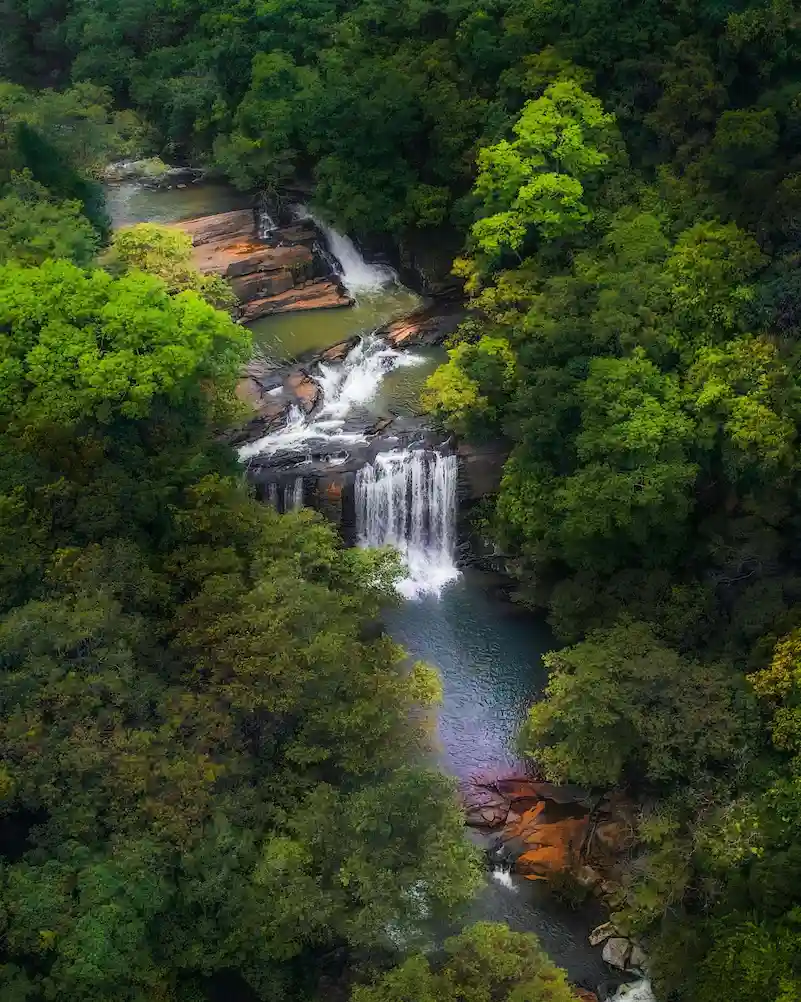
Things to Keep in Mind
Dress Code: Wear modest clothing covering shoulders and knees when visiting sacred sites like the Aluvihara Rock Temple.
Timing: Early mornings are ideal for exploring Matale’s attractions, offering cooler temperatures and fewer crowds.
Festivals: Visit during the Theru Festival at Sri Muthumariamman Temple for a vibrant cultural experience.
Footwear: Shoes must be removed at temple entrances. Carry socks to protect your feet from hot or rough surfaces.
WHEN SHOULD YOU VISIT KANDY?
Cultural and Religious Observances
- Theru Festival: Held annually at the Sri Muthumariamman Temple, this vibrant Hindu festival features colorful chariot processions, traditional music, and devotional rituals.
- Poya Days: Buddhist full moon days bring special ceremonies at the Aluvihara Rock Temple, drawing pilgrims and visitors seeking spiritual experiences.
DRY SEASON (DECEMBER TO MARCH)
The dry season is perfect for exploring Matale’s outdoor attractions, such as spice gardens, the Knuckles Mountain Range, and ancient temples. With warm, sunny days, this period offers the best conditions for hiking and sightseeing.
RAINY SEASON (APRIL TO NOVEMBER)
During the rainy season, Matale experiences lush greenery and cooler weather due to the monsoon rains. Though there may be occasional downpours, the scenery becomes breathtaking, making it a unique time to visit.
- Pro Tip: Pack a raincoat or umbrella and enjoy indoor experiences like spice garden tours or exploring cultural landmarks.
Getting to Kandy: Travel Options and Tips
By Train
- Scenic Route: Travel by train to Matale for a picturesque journey through lush greenery, mountains, and charming villages.
- Travel Time: Approximately 1.5 hours from Kandy.
- Class Options:
- First-Class: Comfortable, air-conditioned, and ideal for a relaxing trip.
- Second/Third Class: Affordable and offers a more local experience, though without AC.
By Bus
- Routes: Regular buses operate between Matale and major cities like Kandy, Dambulla, and Colombo.
- Travel Time:
- From Kandy: About 1–1.5 hours.
- From Dambulla: Around 1.5–2 hours.
- From Colombo: Approximately 4–5 hours.(to dambulla)
By Car or Taxi
Hiring a private car or taxi is the most convenient option, especially for families or those traveling with luggage.
- From Kandy: A 1-hour drive (27 km).
- From Dambulla: A 1.5-hour drive (65 km).
- From Colombo: A 4-hour drive (145 km).
- Cost: Expect to pay LKR 5,000–10,000 for a one-way trip from Colombo.
- Pro Tip: Use reliable services like PickMe, Uber, or local operators for a safe and hassle-free trip.
Tips for Travelers
- Plan Ahead: Book train tickets early for preferred seating, especially during weekends and festive seasons.
- Avoid Peak Times: Travel during weekdays to avoid crowded buses and roads.
- Pack Light: Matale’s attractions often involve walking or hiking, so light and comfortable packing is recommended.
- Local Knowledge: Hiring a local guide can enhance your experience, especially for sites like Aluvihara Rock Temple and spice gardens.
interactive MAP
Explore More Heritage Triangle Cities!
Don’t stop at Matale—uncover the marvels of Sri Lanka’s ancient heritage. Choose your next destination.
Select Your Next City Now! 👉

